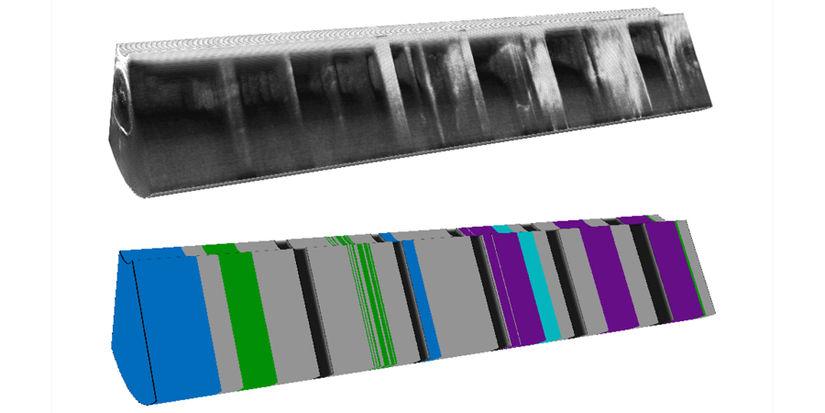Research
OB-GYN
PRENATAL SCANNING
Background
Each day, more than 800 women die as a consequence of their pregnancy. 99% of these maternal deaths occur in resource-limited settings. Ultrasound imaging is commonly used to detect maternal risk factors and even though the world health organization has recommended the usage of ultrasound imaging, this technique is barely used in resource-limited settings due to the severe shortage of well-trained medical personnel.
Current attempts to introduce prenatal ultrasound in resource-limited settings have focused on training sonographers to both acquire and interpret prenatal ultrasound. This training takes several months up to two years, which is a time-consuming task that is hampering wide-spread of prenatal ultrasound screening.
| Automated low-cost ultrasound: improving antenatal care in resource-limited settings. |
Methods
To make prenatal ultrasound screening available in resource-limited settings we combine a low-cost smartphone based ultrasound device with deep learning algorithms that assist the user in obtaining a standardized acquisition protocol. This protocol can be taught to any healthcare worker within two hours of training.
Results
The deep learning algorithms interpret the acquired ultrasound images which automatically detects twin pregnancies, estimates gestational age and determines fetal presentation. The algorithms run locally on the smartphone and are able to process the acquired ultrasound images in real-time.

Example of the B-mode images of a standardized ultrasound acquisition protocol for prenatal screening with the automated frame classification below.
Funding
This research project is funded by Delft Imaging.
